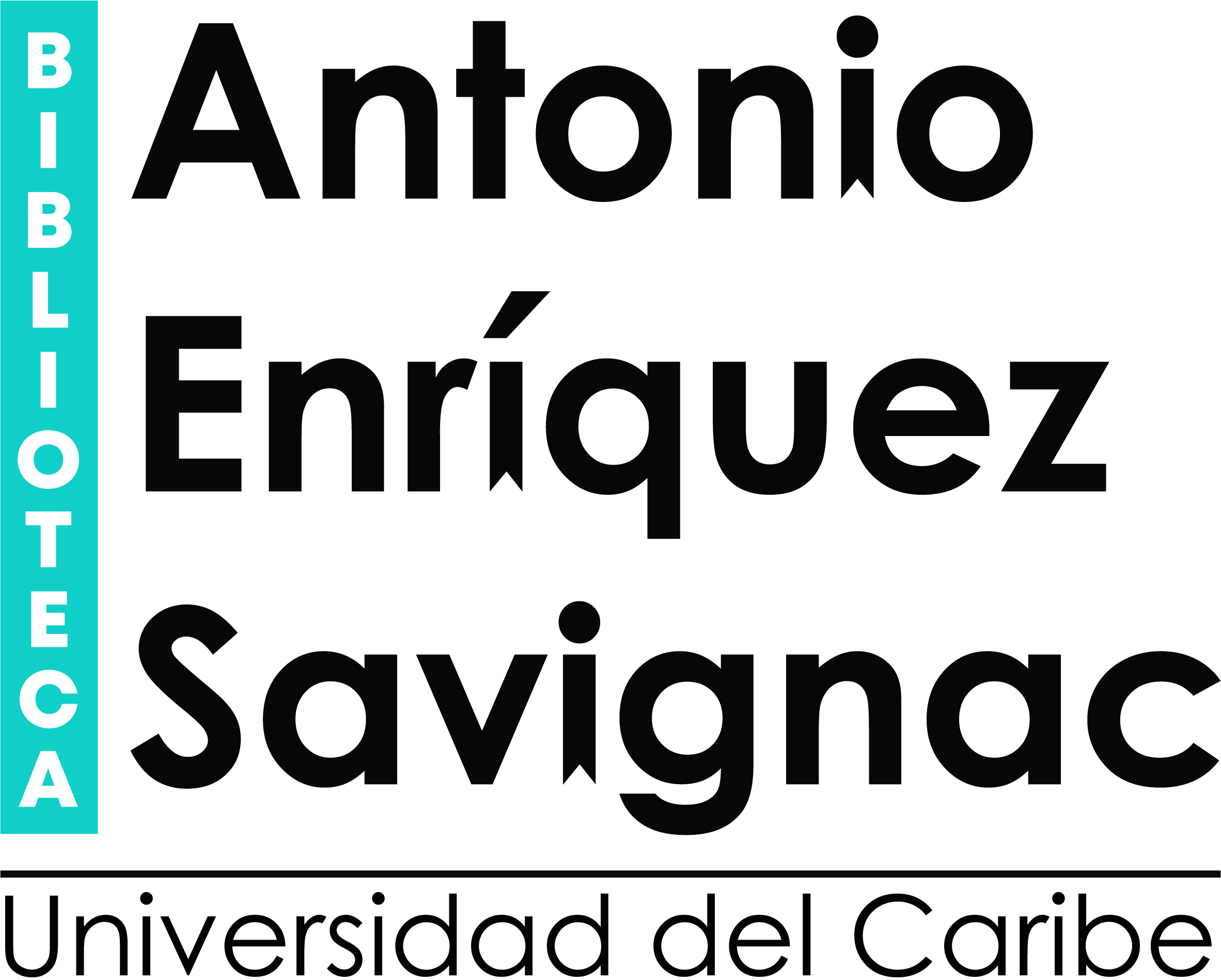Contrastive rhetoric : cross-cultural aspects of second-language writing / Ulla Connor.
Tipo de material: TextoSeries The Cambridge applied linguistics seriesEditor: Cambridge [England] ; New York : Distribuidor: Cambridge University Press, Fecha de copyright: ©1996Descripción: xv, 201 páginas : ilustraciones ; 23 x 15 cmTipo de contenido:
TextoSeries The Cambridge applied linguistics seriesEditor: Cambridge [England] ; New York : Distribuidor: Cambridge University Press, Fecha de copyright: ©1996Descripción: xv, 201 páginas : ilustraciones ; 23 x 15 cmTipo de contenido: - texto
- sinmedio
- volumen
- 0521441455 (hbk.)
- 0521446880 (pbk.)
- 418/.007 20
- P 53 .27 C66 1996
| Tipo de ítem | Biblioteca actual | Biblioteca de origen | Colección | Signatura topográfica | Copia número | Estado | Notas | Fecha de vencimiento | Código de barras | Reserva de ítems | |
|---|---|---|---|---|---|---|---|---|---|---|---|
 Libros para consulta en sala
Libros para consulta en sala
|
Biblioteca Antonio Enriquez Savignac | Biblioteca Antonio Enriquez Savignac | COLECCIÓN RESERVA | P 53 .27 C66 1996 (Navegar estantería(Abre debajo)) | Ejem.1 | No para préstamo (Préstamo interno) | Lengua Extranjera | 042370 | |||
|
|
Biblioteca Antonio Enriquez Savignac | Biblioteca Antonio Enriquez Savignac | Colección General | P 53 .27 C66 1996 (Navegar estantería(Abre debajo)) | Ejem.2 | Disponible | Lengua Extranjera | 042371 |
Navegando Biblioteca Antonio Enriquez Savignac estanterías, Colección: Colección General Cerrar el navegador de estanterías (Oculta el navegador de estanterías)
| P 51 .R467 2014 Approaches and methods in language teaching / | P 51 .R467 2014 Approaches and methods in language teaching / | P 51 .R467 2014 Approaches and methods in language teaching / | P 53 .27 C66 1996 Contrastive rhetoric : cross-cultural aspects of second-language writing / | P85 C45 Cómo mantener a raya la plebe / | P 90 E471 Teoría y práctica de la comunicacion humana / | P 90 E471 Teoría y práctica de la comunicacion humana / |
Incluye índice de contenido
Incluye índice de autor
Incluye índice de materia
Incluye referencias bibliográficas (p. 175-194)
I PRELIMINARIES; EARLY PHASES OF THE FIELD -- 1. Toward an extended definition of contrastive rhetoric -- 2. Contrastive rhetoric studies in applied linguistics -- 3. Historical evolution of contrastive rhetoric: from Kaplans's 1966 study to diversification in languages, genres, and authors --
II INTERFACES WITH OTHER DISCIPLINES -- 4. Contrastive rhetoric and the field of rhetoric and composition -- 5. Contrastive rhetoric and text linguistics -- 6. Writing as an activity embedded in a culture -- 7. Contrastive rhetoric and translation studies -- 8. Genre-specific studies in contrastive rhetoric --
III IMPLICATIONS OF CONTRASTIVE RHETORIC -- 9. Methods of research in contrastive rhetoric -- 10. Conclusion: Implications and research directions
RESUMEN EN ESPAÑOL
Este volumen explora el campo de la retórica contrastiva, el estudio de cómo el primer idioma y la cultura de una persona influyen en su escritura en un segundo idioma. Presenta una visión integral de la investigación en este campo, enfatizando las conexiones entre la retórica contrastiva y las disciplinas relacionadas de estudios de composición, antropología cultural, estudios de traducción y lingüística del texto. Connor se basa en esta investigación para brindar buenos consejos para tratar problemas interculturales en una variedad de contextos de escritura en un segundo idioma. Su objetivo es hacer que los maestros sean conscientes de los muchos factores que influyen en los intentos de sus alumnos de componer textos efectivos y ayudar a los maestros a aprovechar los recursos que los alumnos individuales aportan a la tarea de escritura. Es una referencia sólida para investigadores y profesores en el campo de la escritura en segundas lenguas.
This volume explores the field of contrastive rhetoric, the study of how a person's first language and culture influence his or her writing in a second language. It presents a comprehensive view of the research in this field, emphasizing the connections between contrastive rhetoric and the related disciplines of composition studies, cultural anthropology, translation studies, and text linguistics. Connor draws on this research to provide sound advice for dealing with cross-cultural issues in a variety of second language writing contexts. Her goal is to make teachers aware of the many factors influencing their students' attempts to compose effective texts and to help teachers draw on the resources individual learners bring to the writing task. It is a solid reference for researchers and teachers in the field of second language writing.

